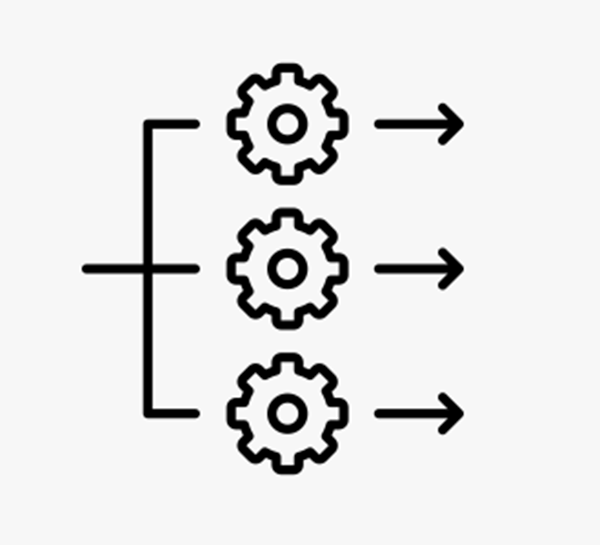
SQL Interview: 114 master database
This is a post in the SQL Interview series. These aren’t trick or gotcha questions, they’re just questions designed to scope out a candidate’s knowledge around SQL Server and Azure SQL Database.
Section: Administration Level: Advanced
Question:
You know that the master database in SQL Server is now separate to the resource database (mssqlsystemresource).
Can you list three types of instance-level metadata that still live in the master database?
Answer:
2025-12-27





